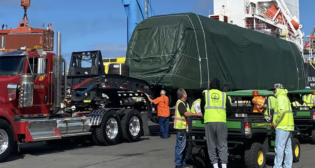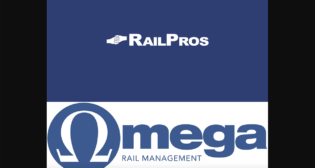
WSP USA awarded BART extension contract
Written by William C. Vantuono, Editor-in-ChiefThe Santa Clara Valley Transportation Authority (VTA) has awarded WSP USA a contract to oversee Phase II of the Bay Area Rapid Transit (BART) Silicon Valley Extension into Santa Clara County. As program manager, WSP is tasked with conceptual design, engineering management, contracting strategies, project controls, utilities coordination, constructability reviews, value engineering and development of procurement documents.
The Silicon Valley Extension will expand BART service into Santa Clara County from its former terminus at the Fremont station in Alameda County. The extension has seven stations in three phases. The $790 million first phase was the Warm Springs/South Fremont station, which opened in March 2017. It broke ground in 2009; completion had originally been expected in 2014.
The $2.3 billion second phase includes the Milpitas and Berryessa stations, both expected to open in June 2018. The second phase broke ground in 2012, and completion had been expected in 2016. A partnership between BART and VTA is building this phase, while BART will operate and maintain the entire extension.
The $4.7 billion third phase remains unfunded. Targeted for completion in 2026, it would add three new subway stations west of Berryessa: Alum Rock, Downtown San Jose, Diridon/Arena, and a new surface station in Santa Clara.
Originally, the entire Silicon Valley Extension was proposed as one megaproject, but lower than expected federal funding and sales tax revenue reduced the scope of the project. It was divided into phases. After funding was secured for the first phase in early 2012, VTA began looking for $2.4 billion to close the remaining funding gap for the projected $4.7 billion cost of the third phaseto downtown San Jose and Santa Clara.
During preliminary design in 2017, VTA and BART could not agree on a single- or dual-bore design for the extension’s tunnel. The former would stack one track above the other in a 45-foot-wide single bore, while the latter, currently used in other underground portions of the BART system, would have separate, horizontally spaced tunnels for each track, each 20 feet wide. The single-bore option is preferred by VTA for its limited disruption to above-ground businesses, due to the shorter time span needed for construction and lack of cut and cover construction in the middle of Santa Clara Street required for station boxes.
BART prefers the two-bore option on the grounds that it is less expensive and more conducive to safe evacuation. The two transit agencies agreed to a peer review by a group of other transit agencies that operate similar systems. They recommended the dual-tunnel option on the basis that the single-tunnel option needs additional design work to ensure safe evacuation in emergencies, which would be difficult to address given funding deadlines, although it did assess the single-tunnel option as feasible. In January 2018, the VTA Board of Directors is expected to issue a final decision on the tunneling option to meet a federal funding deadline.
WSP USA (formerly Parsons Brinckerhoff) has worked on many previous projects for the BART system, dating back to 1953 when the firm helped study the Bay Area’s need for rapid transit. The firm recently completed work as BART’s owner-representative for its Warm Springs extension, which connected BART to Fremont in Alameda County.



